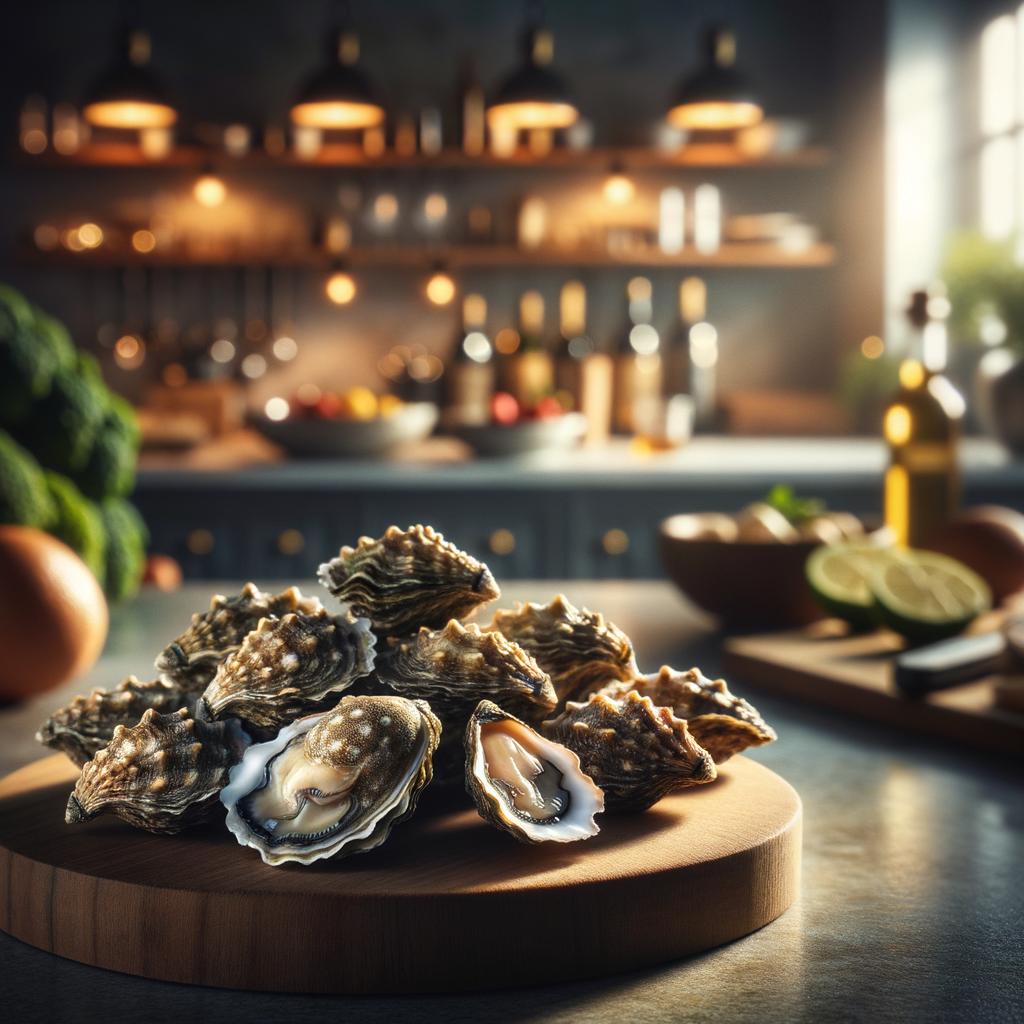Small Oysters

Description Small oysters, these precious pearls of the sea, are a true delight for the senses. They are typically 2-3 inches in size, with a hard, irregularly shaped outer shell that houses a soft, plump, and juicy interior. Their color palette ranges from a creamy white to a light gray, sometimes with a hint of green, depending on the species and the waters they hail from. Their texture is a unique combination of firm and tender, a delicate balance that gives them their signature bite. The flavor of small oysters is a magical blend of sweet, briny, and slightly metallic, with a subtle hint of the ocean's freshness that lingers on the palate. Their unique characteristic is their ability to taste like the sea, a flavor profile that is incredibly difficult to replicate.
Primary Uses Small oysters are versatile culinary gems, cherished across a multitude of cuisines. They can be enjoyed raw, steamed, grilled, or baked, and are a key ingredient in dishes like oyster stew, oyster po' boy sandwiches, and oysters Rockefeller. They are often served with a squeeze of lemon, a dash of hot sauce, or a spoonful of mignonette sauce to enhance their natural flavor. Beyond the culinary world, oysters have been used for their pearls in jewelry and are deeply ingrained in many cultures as a symbol of wealth and luxury.
History The history of oysters is as rich and intriguing as their flavor. They have been a part of human diet for thousands of years, with evidence of oyster consumption dating back to prehistoric times. In ancient Rome, they were considered a luxury food, reserved for the elite. During the 19th century, they became widely popular in the United States and Europe, even being served in street food stalls. Over time, their popularity has only grown, and they are now considered a delicacy worldwide. There is a charming myth that oysters should only be eaten in months that contain the letter 'R', a belief that stemmed from the lack of refrigeration in the past, as oysters spoil quickly in warmer months.
Nutritional Information Small oysters are not just a sensory delight, but also a nutritional powerhouse. They are packed with high-quality protein, low in fat, and rich in vitamins and minerals, including vitamin B12, zinc, selenium, and iron. They also contain a good amount of omega-3 fatty acids, known for their heart-health benefits. Compared to other shellfish, oysters have a lower calorie count and a higher concentration of certain minerals, making them a healthier choice. However, they should be consumed in moderation due to their high cholesterol content. With their unique blend of nutrition, taste, and history, small oysters truly are a treasure of the sea.

